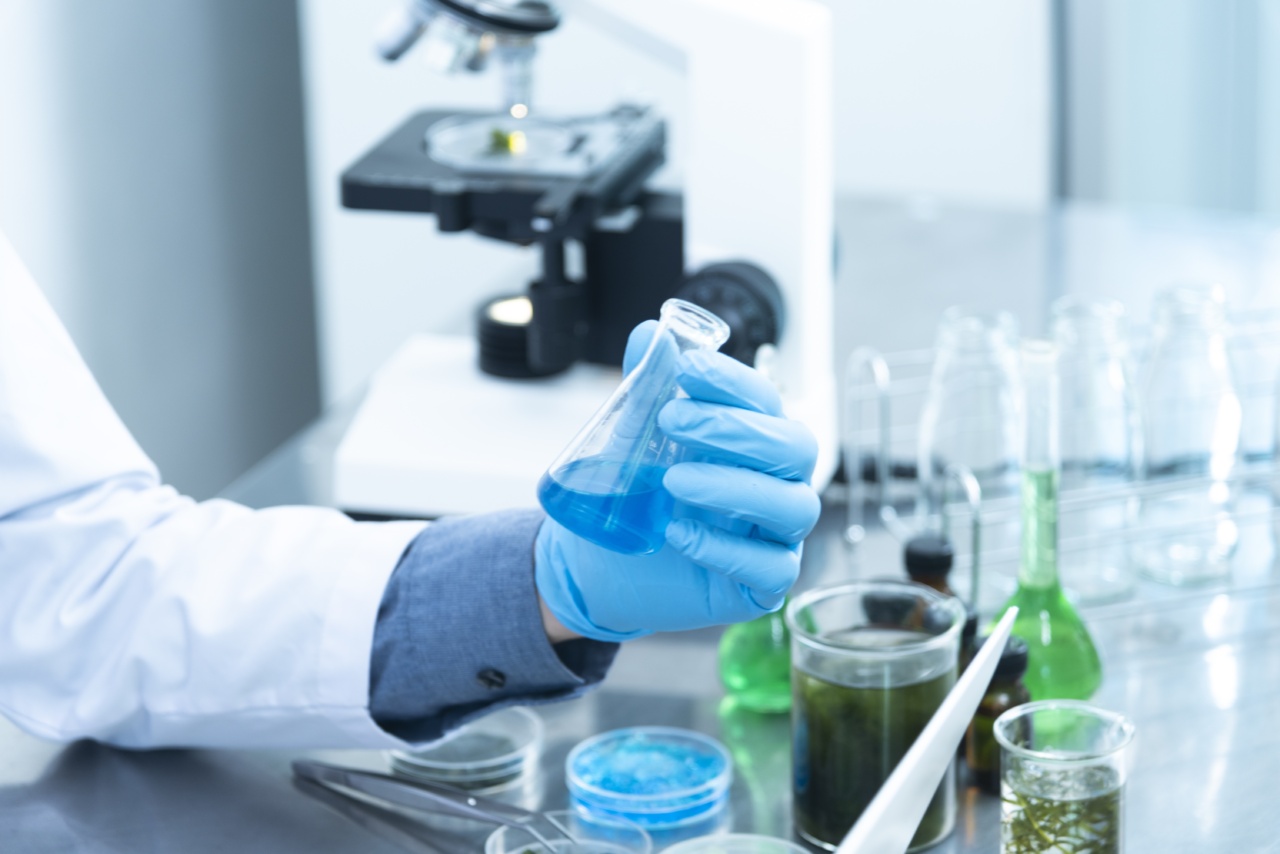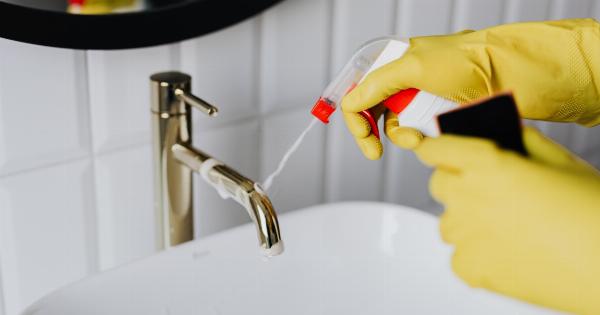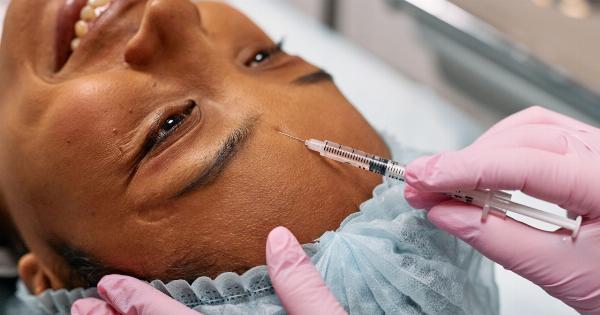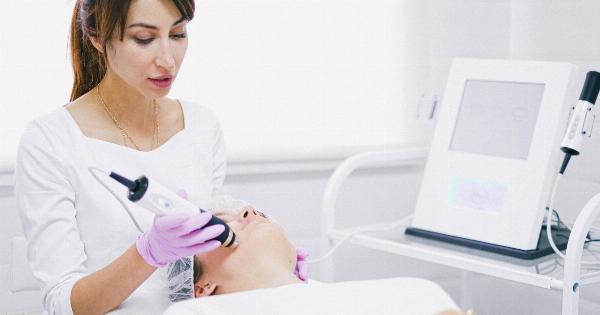Chemical peeling is considered one of the most effective treatments for rejuvenating the skin. It is a non-invasive cosmetic procedure that helps to improve the appearance of the skin by removing damaged skin layers.
Chemical peels work by exfoliating the top layers of the skin, revealing fresher and healthier-looking skin underneath. If you are considering chemical peeling for the first time, there are some basics that you need to know.
What is Chemical Peeling?
Chemical peeling is a cosmetic procedure that involves the application of specially formulated liquid solutions to the skin.
The solutions contain acidic substances that cause the skin to exfoliate and peel off, revealing new and healthy skin underneath. The process stimulates the growth of new skin cells, resulting in a smoother and more youthful-looking complexion.
Types of Chemical Peels
There are three main types of chemical peels:.
Superficial Peels
Superficial peels are the mildest form of chemical peels, and they only penetrate the top layer of the skin. They are suitable for treating minor skin problems such as sun damage, fine lines, and uneven skin tone.
Superficial peels are usually made of mild acids such as alpha-hydroxy acid (AHA) or glycolic acid.
Medium Peels
Medium peels penetrate deeper into the skin than superficial peels. They are more effective in treating moderate skin problems such as wrinkles, acne scars, and pigmentation.
Medium peels are usually made of trichloroacetic acid (TCA) or a combination of TCA and glycolic acid.
Deep Peels
Deep peels are the strongest form of chemical peels, and they penetrate the deepest layers of the skin. They are suitable for treating severe skin problems such as deep wrinkles, severe acne scars, and sun damage.
Deep peels are usually made of phenol acid, which requires longer recovery time.
How Does Chemical Peeling Work?
Chemical peeling works by breaking down the bond between dead skin cells on the surface of the skin. The acid solution causes the skin to exfoliate, revealing new skin cells underneath.
The process stimulates collagen production, which helps to improve the texture and elasticity of the skin.
What to Expect During a Chemical Peel
The chemical peeling process begins with a thorough cleansing of the skin. The solution is then applied to the skin in a controlled manner.
The peel is left on the skin for a specified amount of time, depending on the type of peel and the skin’s condition. After the peel is removed, a soothing cream is applied to the skin to minimize any irritation or discomfort.
What Happens After a Chemical Peel?
The skin may feel slightly tight and sensitive immediately after the peel, but this will subside after a few hours. The skin may also appear red and slightly flaky for a few days.
It is important to avoid sun exposure and to use a high SPF sunscreen during the recovery period. The results of the treatment will be apparent after a few days, and the skin will continue to improve over time.
Is Chemical Peeling Safe?
Chemical peeling is a safe and effective procedure when performed by a qualified and experienced practitioner. However, there are some risks associated with chemical peeling, such as infection, scarring, and skin discoloration.
It is important to discuss the risks and benefits of the procedure with a qualified practitioner before undergoing chemical peeling.
Conclusion
Chemical peeling is a popular cosmetic procedure that can help improve the appearance of the skin by removing damaged skin layers. There are a variety of chemical peels available, ranging from mild to deep, depending on the skin’s condition.
The process works by breaking down the bond between dead skin cells, revealing new and healthy skin underneath. While chemical peeling is generally safe, it is important to discuss the risks and benefits of the procedure with a qualified practitioner.





























